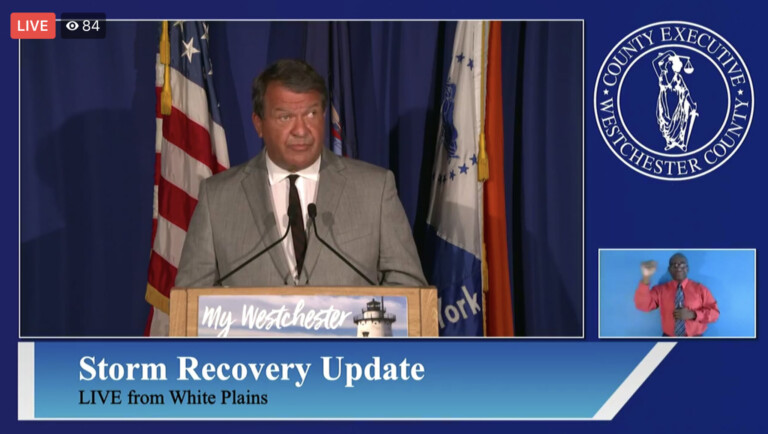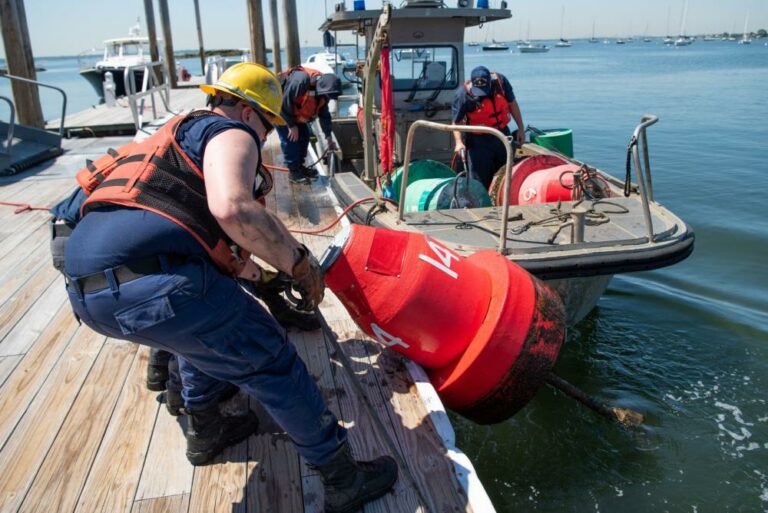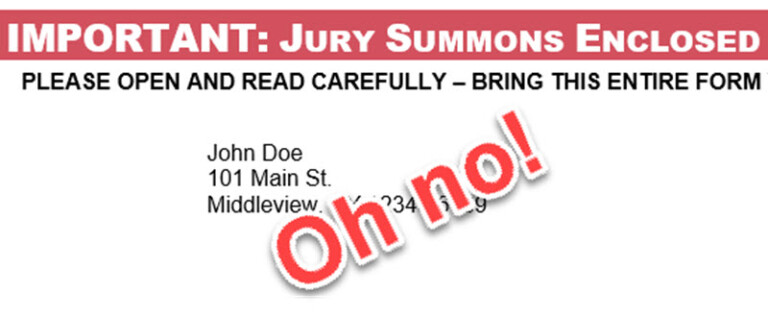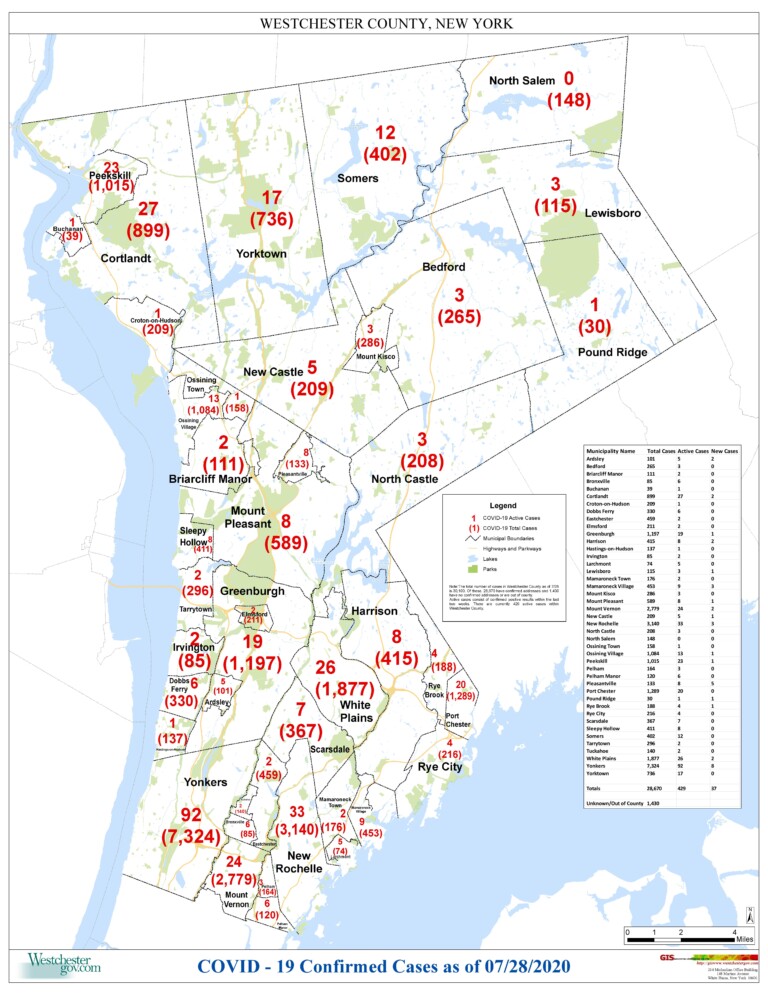Holding Court: Security Deposits

Holding Court is a series by retired Rye City Court Judge Joe Latwin. Latwin retired from the court in December 2022 after thirteen years of service to the City.
What topics do you want addressed by Judge Latwin? Tell us.
By Joe Latwin
Typically, a renter will pay a landlord a deposit for security for the performance of the lease. No security may exceed the amount of one month’s rent.
The landlord-tenant relationship with regard to security deposits has been transformed from a creditor-debtor relationship to one in which the landlord is the trustee of the deposit. The landlord must hold the security deposit in trust and must not mingle it with the landlord’s personal moneys and it does not become an asset of the landlord. The landlord must deposit the security deposit in a bank and notify the tenant in writing giving the name and address of the bank in which the security deposit of security was made, and the amount of such deposit. If the landlord does not give the required notice, it is presumed that the landlord has mingled that security deposit with the landlord’s own money. Such a commingling constitutes a conversion, as well as a breach of fiduciary duty. Regardless of any noncompliance by the tenant with the terms of the lease, it entitles the tenant to an immediate return of the deposit. In the event of commingling, the landlord may not use any portion of the deposit even for otherwise legitimate purposes.
Whenever the security deposit is for the rental of a property containing six or more family dwelling units, the landlord must deposit the security deposit in an interest-bearing account in a bank within New York in an interest bearing account earning interest at the prevailing rate. The landlord is entitled to receive, as administration expenses, a sum equivalent to one per cent per annum of the security deposited, in lieu of all other administrative and custodial expenses.
The entire amount of the security deposit must be refunded to the tenant upon the tenant’s vacating of the premises except for an amount lawfully retained for the reasonable and itemized costs due to non-payment of rent, damage caused by the tenant beyond normal wear and tear, non-payment of utility charges payable directly to the landlord under the terms of the lease, and moving and storage of the tenant’s belongings. How do you prove normal wear and tear? The best way is to video the dwelling unit before the tenant moves in and again when the tenant moves out. To avoid controversy, the law sets forth a mechanism for verifying the condition of the dwelling unit.
After initial lease is signed but before the tenant begins occupancy, the landlord must offer the tenant the opportunity to inspect the premises with the landlord to determine the condition of the property. If the tenant requests such an inspection, the parties must execute a written agreement before the tenant begins occupancy attesting to the condition of the property and specifically noting any existing defects or damages. Upon the tenant’s vacating the premises, the landlord may not retain any amount of the deposit or advance due to any condition, defect, or damage noted in such agreement. The agreement is admissible as evidence of the condition of the premises at the beginning of occupancy in any proceeding related to the return or amount of the security deposit.
Within a reasonable time after notification of either party’s intention to end the tenancy (unless the tenant terminates the tenancy with less than two weeks’ notice), the landlord must notify the tenant in writing of the tenant’s right to request an inspection before vacating the premises and of the tenant’s right to be present at the inspection. If the tenant requests such an inspection, the inspection shall be made no earlier than two weeks and no later than one week before the end of the tenancy. The landlord shall provide at least forty-eight hours written notice of the date and time of the inspection.
After the inspection, the landlord must provide the tenant with an itemized statement specifying repairs or cleaning that are proposed to be the basis of any deductions from the tenant’s deposit. The tenant has the opportunity to cure any noted condition before the end of the tenancy.
Within fourteen days after the tenant has vacated the premises, the landlord must provide the tenant with an itemized statement indicating the basis for the amount of the deposit retained, if any, and shall return any remaining portion of the deposit to the tenant. If a landlord fails to provide the tenant with the statement and deposit within fourteen days, the landlord shall forfeit any right to retain any portion of the deposit.






